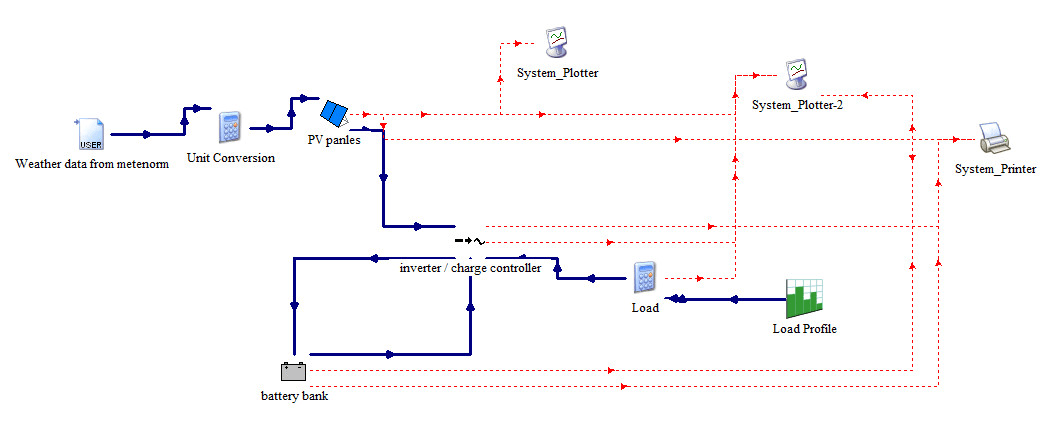
Transcriptomic profiling identified gene expression changes in CKCS diseased valves that were not present in age and disease severity-matched non-CKCS valves. A large number of genes that were differentially expressed in the CKCS diseased valves compared with normal valves and diseased valves from other breeds were associated with cardiomyocytes including CASQ2, TNNI3 and RYR2. F2 (prothrombin) (CKCS diseased valves compared to normal) and MEF2C pathway activation (CKCS diseased valves compared to non-CKCS diseased valves) had the strongest association with the gene changes. Analysis of differentially expressed genes showed enrichment in GO terms relating to cardiac development and function and to calcium signalling canonical pathway in the genes down-regulated in the diseased valves from CKCS, compared to normal valves and to diseased valves from other breeds. Patterns in all diseased valves (from CKCS and other breeds) were also somewhat different from normal non-diseased samples. Gene expression patterns in diseased valves from CKCS dogs were quite different from those in the valves from other dogs, both affected and normal. Gene expression patterns in three groups of canine valves resulted in distinct separation of normal valves, diseased valves from CKCS and diseased valves from other breeds the latter were more similar to the normal valves than were the valves from CKCS. The aim of this study was to determine whether expression patterns were different in mitral valves showing myxomatous degeneration from CKCS dogs compared to valves from non-CKCS dogs. Transcriptional profiling can reveal the impact of genetic variation through differences in gene expression levels. In order to find sustainable control options for legionellae and various other saprozoic, amoeba-resisting bacterial pathogens, this work emphasizes the need for better understanding of the FLA feeding behavior and the range of ecological interactions impacting microbial population dynamics within engineered water systems.Almost all elderly dogs develop myxomatous mitral valve disease by the end of their life, but the cavalier King Charles spaniel (CKCS) has a heightened susceptibility, frequently resulting in death at a young age and suggesting that there is a genetic component to the condition in this breed.

pneumophila, and later force predation of Legionella by the amoeba trophozoites results in rapid intracellular replication, leading to problematic concentration of L. Observing the preferential feeding behavior, we hypothesize that an initial increase of FLA numbers through feeding on a range of other available bacteria could lead to an enrichment of L. pneumophila cells, and intracellular growth of Legionella is possibly cell-concentration dependent. pneumophila maintains an ecological balance with FLA within the biofilm environment, and higher temperature improve the viability of L. pneumophila in the bulk water was reduced by 2-log over 2 years at room temperature but increased (without a change in mip gene copies by qPCR) when the temperature was elevated to 40 ☌ within the same closed-loop tap-water system without the addition of nutrients or fresh water. pneumophila cells after 3 weeks from their introduction to the end of the study period and supported putative (yet limited) intracellular growth. magna trophozoites, however, exhibited a time delay in feeding on Legionella and were observed with internalized L.

polyphaga encysted within 5–7 d after introduction to the tap-water biofilms and mostly persisted in cysts till the end of the study period (850 d). pneumophila when introduced to the same natural biofilm environment.

polyphaga showed no immediate interactions with L. pneumophila to predeveloped water-biofilm was limited. During water flow as well as after periods of long-stagnation, the attachment and colonization of L. pneumophila in the presence of two water-related FLA species, Willaertia magna and Acanthamoeba polyphaga in drinking water biofilms. Using fluorescent microscopy, we studied in-situ the colonization of L. Ecologically, free-living amoebae (FLA) are an important group of the microbial community that influence biofilm bacterial diversity in the piped-water environment. Prolific growth of pathogenic Legionella pneumophila within engineered water systems and premise plumbing, and human exposure to aerosols containing this bacterium results in the leading health burden of any water-related pathogen in developed regions.


 0 kommentar(er)
0 kommentar(er)
